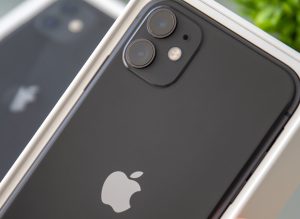
There’s no family of phones that make quite the splash like iPhones when a new one arrives. These days it’s the iPhone 11 that’s come onto the scene with a whole lot of fanfare, and for good reason. It’s quickly becoming regarded as a big step up from its predecessor, and not surprisingly they’re being snapped up big time by consumers who don’t mind the somewhat pricey tags attached to them. The tech giants out there in Mountain View, CA truly don’t ever rest on their laurels, and the iPhone 11 is a testament to that. Here at 4GoodHosting, we’re thinking it’s likely that every quality Canadian web hosting provider is going to have plenty of customers who are iPhone faithful. We’re no exception there and we have more than a few of them here ourselves. If you’re going to shell out the big bucks for the newest iPhone then you’ll be expecting a superior product. Now to be clear we’re not suggesting the iPhone 11 isn’t one, but it is true that – as is the case with any tech product – there’s often a few kinks that need to be worked out. These issues aren’t so major that they’ll be any type of deal breaker that will have an owner second guessing their decision to buy the newest iPhone, but they’re significant enough that any ‘fix’ for them will likely be most welcome. So that’s what we’ll have for you here today, an overview of common problems with the iPhone 11 Pro and very straightforward ways of addressing them. Eventful OS It’s true that the number of reported issues with iOS 13 makes up quite a list. In response to this Apple has released a series of updates to respond to them, offering fixes to mitigate issues with the hardware. Here are a few initial iPhone 11 problems we’ve discovered around all three versions of the new phone so far and some tips on how to fix them. Problem & Fix 1: Wireless Charging This issue is definitely the most widespread of all, so it gets top spot on our list. The most common issue here is when...









